Last updated on 2025-10-26
A review and sample photos of the Nikon Coolpix 990 digital camera.
- Please see the disclaimer regarding advertising here.
- Italicized links in the text are advertisement links that take you to other sites.
Table of contents
Gallery
Review
1.Overview
The NIKON COOLPIX 990 is a Nikon integrated lens digital camera released in 2000.
It’s been over 20 years since its release, making it a truly vintage compact camera.
The camera’s 3-megapixel image sensor has an aspect ratio of 4:3, allowing for a maximum resolution of 2048 x 1536.
The accent on the grip is purple, a change from Nikon’s traditional red on its predecessor, the COOLPIX 950, which may be a matter of personal preference.
Detailed camera specifications are listed in the table below.
2.Usability
With a horizontal resolution of over 2000 pixels, the Nikon Coolpix 990 starts to feel quite usable.
As an older digital camera, the image quality is far inferior to that of today’s smartphones. Even at ISO 80 in daylight, photos at the default setting appear a bit dull and soft (though you can adjust the sharpness and improve the appearance in post-processing), and at the maximum ISO of 320, noise occurs and resolution drops.
With no image stabilization mechanism, camera shake has a significant impact at night.
The autofocus is also quite slow, and in sudden situations, it can’t keep up at all. For someone used to modern cameras, this is quite a tough specification.
The swivel-type Coolpix’s real-image optical viewfinder changes the shooting range in conjunction with the lens zoom, but all the photographer can see is the shooting range, not the focus point. This is the same method as AF compact cameras from the film camera era. The rear LCD monitor is a live view monitor, so you can check the shooting range and focus, but the monitor size is only 1 inch and the resolution is only 100,000 dots, so it’s not very accurate.
Nikon’s swivel-type Coolpix series digital cameras, up to the CP990, can be powered by four AA batteries, and can also run on relatively low-voltage nickel-metal hydride batteries such as Eneloop. It’s likely designed to run at a voltage of around 1.2V per battery.
Startup time is relatively slow, taking about 2-3 seconds from powering on until you’re ready to start shooting. Waking up from sleep is also slow, so it feels quicker to just power it back on.
The recording media is CompactFlash, and image formats are TIFF and JPEG. You can choose from four recording quality settings: HI/FINE/NORMAL/BASIC. HI saves images in TIFF, which are large at around 10MB per image. This is 10 times the file size of FINE, which is around 1MB for JPEG, and requires a considerable amount of patience, as it takes about 10 seconds for the image to be written.
As it is an older digital camera, the image quality is far inferior to that of today’s smartphones. Even in daylight at ISO 100, photos appear a bit dull and soft, and at night at ISO 400, there is significant noise and resolution drops. At night, there is no image stabilization mechanism, so camera shake has a big impact. The AF speed is also quite slow, and the focus simply cannot keep up in sudden situations. For someone used to modern cameras, this is quite a tough specification.
I was interested in this camera and picked it up when I saw it for a reasonable price at a junk sale at a certain camera shop. I have bought and used quite a few Nikon Coolpix series cameras, but this is my first purchase of the NIKON COOLPIX 990.
3.Summary
In conclusion, to sum up the NIKON COOLPIX 990, it is a COOLPIX 950 with an increased resolution of 3 megapixels. As it was released a year after the 950, it appears to use the same lens and processing system as the older model, and the two cameras are almost identical in terms of operating speed and other aspects.
The improvement in image quality due to the 1 megapixel increase is subtle, so my decision not to upgrade from the 950 to the 990 at the time of release was the right one.
Specifications, considerations, etc.
I bought two Coolpix cameras when they were released: the first-generation Coolpix 900 with its beautiful, solid design, and the third-generation Coolpix 950 with its striking red line on its black body. The Nikon Coolpix 990 had a higher pixel count, but the camera body color was gray and the accent color on the grip was changed to purple, so the overall look was a bit off and I didn’t buy it when it was released.
As an aside, as is common with Japanese manufacturers, I don’t know if they’re satisfied unless they change the design and color scheme every time. I think it’s important for a brand to consistently produce good designs, like overseas brands do.
Also, at the time, I was leaning towards digital SLR and rangefinder cameras, which played a big role. This change in digital cameras was driven by my love for larger sensor sizes, which continues to this day.
| Items | COOLPIX 900 | COOLPIX 950 | COOLPIX990 | COOLPIX995 | COOLPIX4500 |
| カメラ有効画素数 | 1 million pixels | 2 million pixels | 3 million pixels | 3 million pixels | 4 million pixels |
| Focal length | 3x zoom Nikkor lens f=7 to 21mm (35 mm film equivalent: 38 to 115mm) F2.6 – F4 | ← | 3x zoom Nikkor lens f=8~24mm (35 mm film equivalent: 38 – 115 mm) F2.5 – F4 | f=8 to 32mm (35 mm film equivalent: 38-152 mm) F2.6 to F5.1 | 4x zoom Nikkor lens f=7.85 – 32mm (35mm film equivalent 38 – 155mm) F2.6 – 5.1 |
| Lens Construction | – | – | 9 elements in 8 groups | 10 elements in 8 groups | ← |
| Leaf blade | – | – | 7 | ← | ← |
| Image sensor | 1/2.7-inch CCD | 1/2-inch CCD(?) | 1/1.8-inch CCD | ← | ← |
| Max ISO | – | 320 | 400 | 800 | ← |
| Back LCD | 2-inch, ? pixels | 2-inch, 130,000 pixels | 1.8-inch, 110,000 pixels | ← | 1.5-inch, 110,000 pixels |
| View Finder | real image type | ← | ← | ← | ← |
| Battery | 4 AA Batteries 1.2V*4 | ← | ← | EN-EL1 | ← |
| Recorded Media | Compact flash | ← | ← | ← | ← |
| Size(mm) W x H x D | 157×75×35 | 143×76.5×36.5 | 149×79×38 | 138×82×40 | 130×73×50 |
| Weight(g) | 360(Only body) | 350 (Only body) | 390 (Only body) | 390(Only body) | 360(Only body) |
| Release date | 1998.4 | 1999.3 | 2000.4 | 2001.6 | 2002.6 |
| Price(Yen/No-tax) | 110,000 | 125,000 | 125,000 | 113,000 | OpenPrice (105,000) |
Nikon camera options are sold for a relatively long time and are designed to be compatible with a variety of models, so I purchased a 0.63x wide-angle converter (hereafter referred to as “wide-angle converter”) and 2x and 3x teleconverters (hereafter referred to as “teleconverters”). I had almost no use for the teleconverter, but it was cheap, so I bought it as a bonus.
The 0.63x wide-angle converter has some vignetting at the edges, but its 24mm equivalent angle of view makes it essential for wide-angle lens enthusiasts, although its drawback is that it makes the camera significantly larger. As shown in the photo below, with the wide-angle converter attached, the camera’s shape becomes quite strange, like a mushroom growing on your head.
I didn’t buy a fisheye lens because it’s expensive and limited in stock. Further research revealed the release of the TC-E3PF (with phase Fresnel lens), an incredible converter in many ways.
This product uses the same principle as Canon’s DO lens (layered diffractive optical element), and by specially processing the lens, it achieves a greater focal length in a more compact size than conventional lenses.
Despite the TC-E3PF being an add-on teleconverter, I’m impressed that it’s priced at 80,000 yen, almost the same price as the camera itself. Unfortunately, the TC-E3PF doesn’t seem to have sold very well, with few units on the market and rarely seen second-hand. Even when you do see one, it’s priced quite handsomely.
Even so, I’m amazed at the breadth of camera options available for Nikon’s integrated lens cameras.
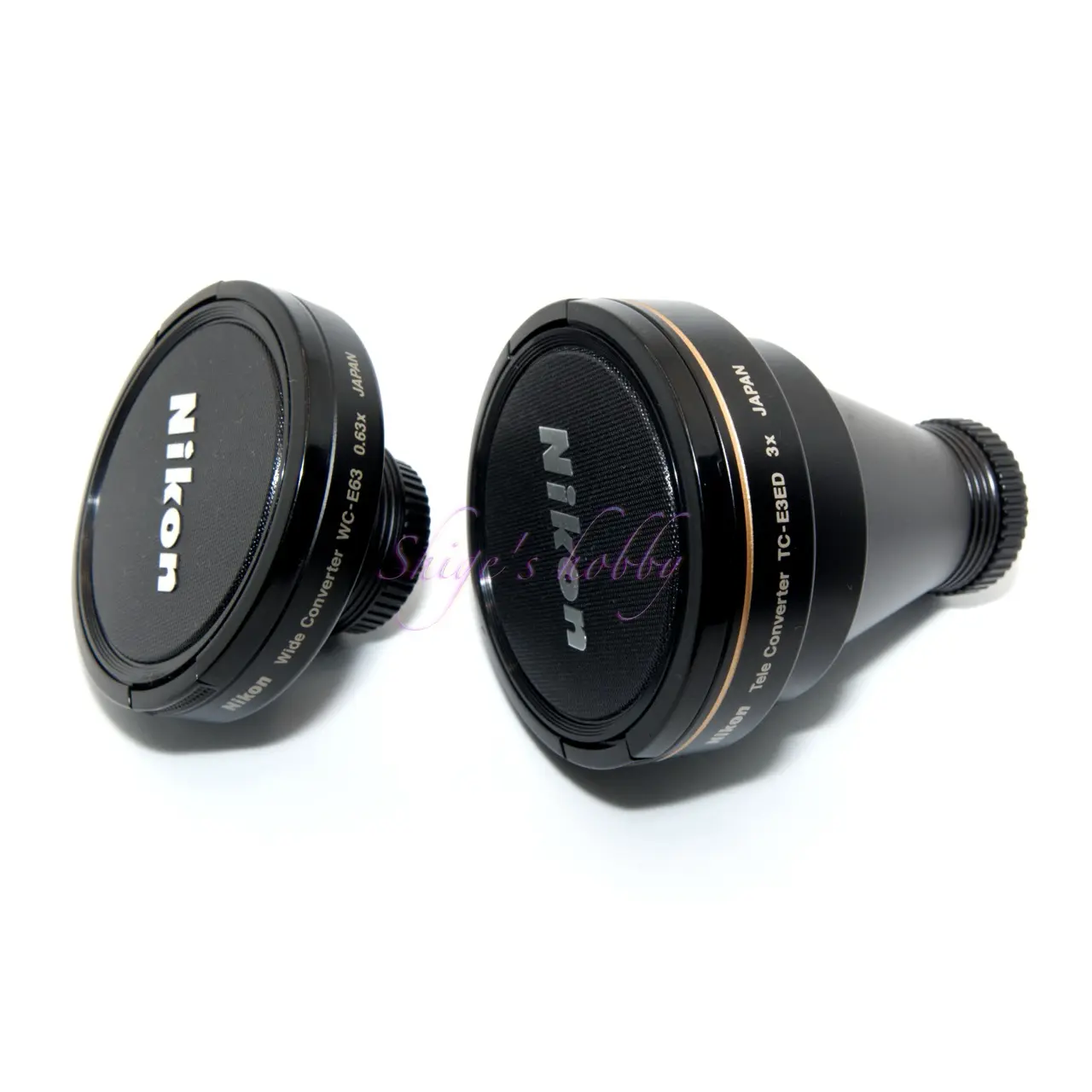
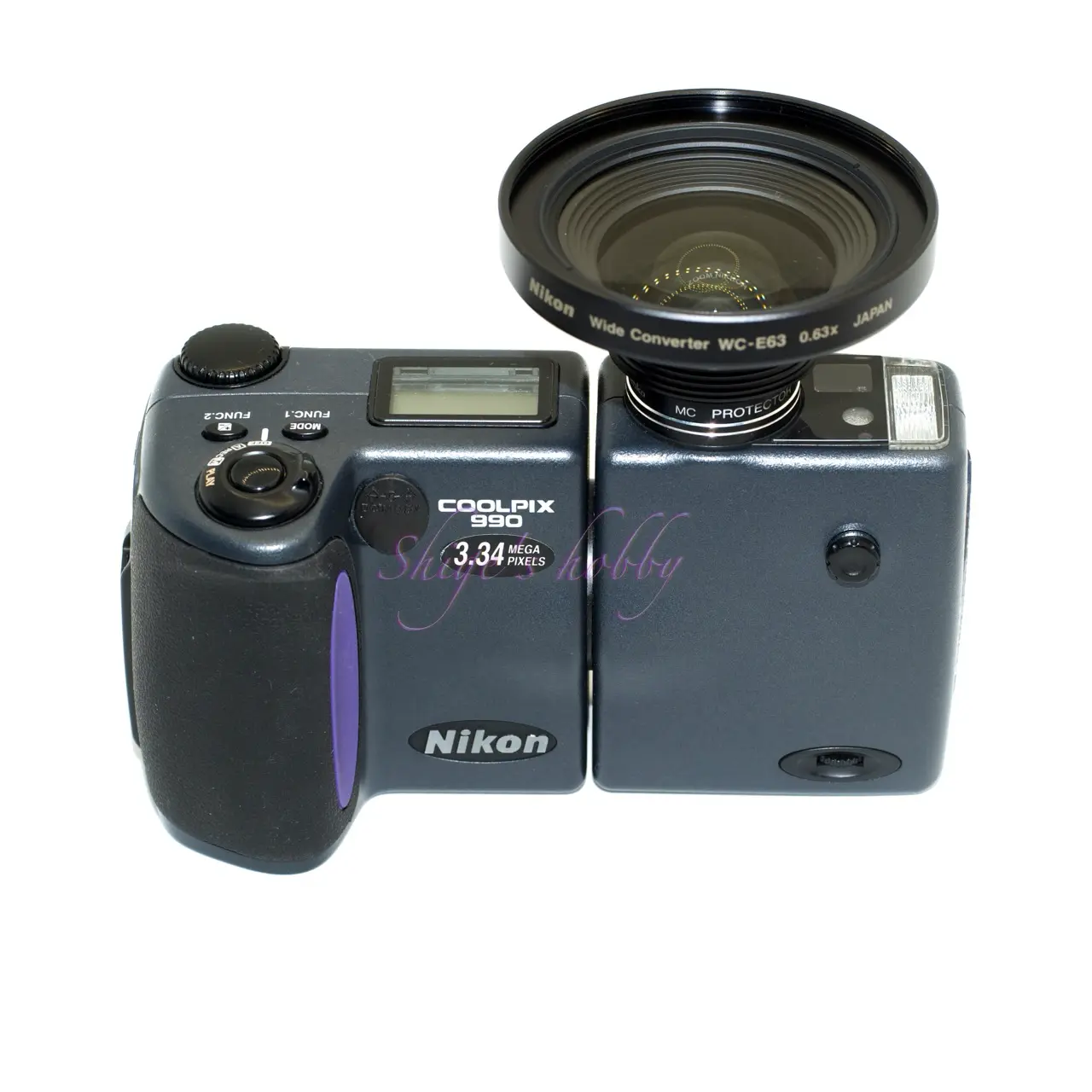
With wide-angle converter WC-E63 (24mm) vs. without converter (38mm)
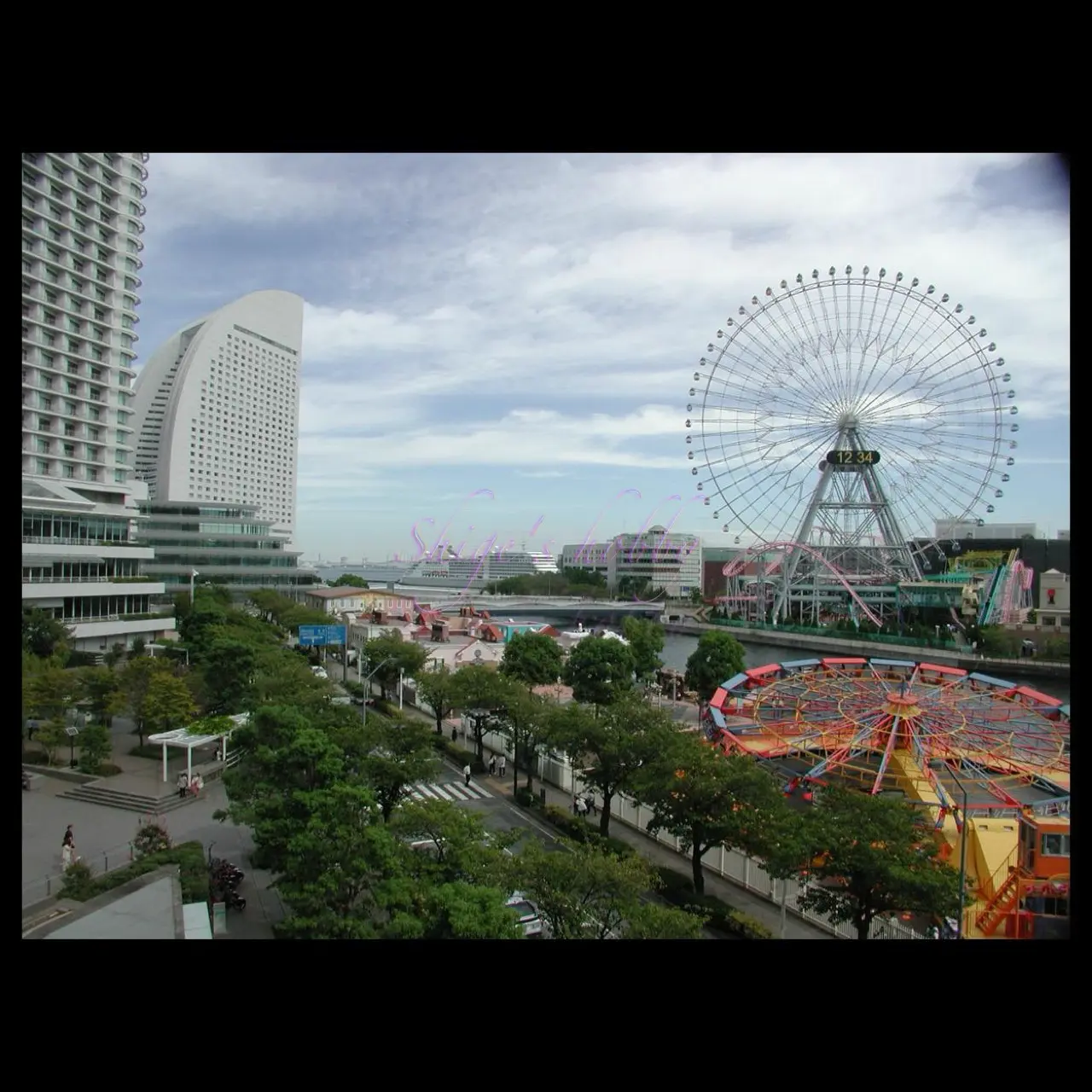
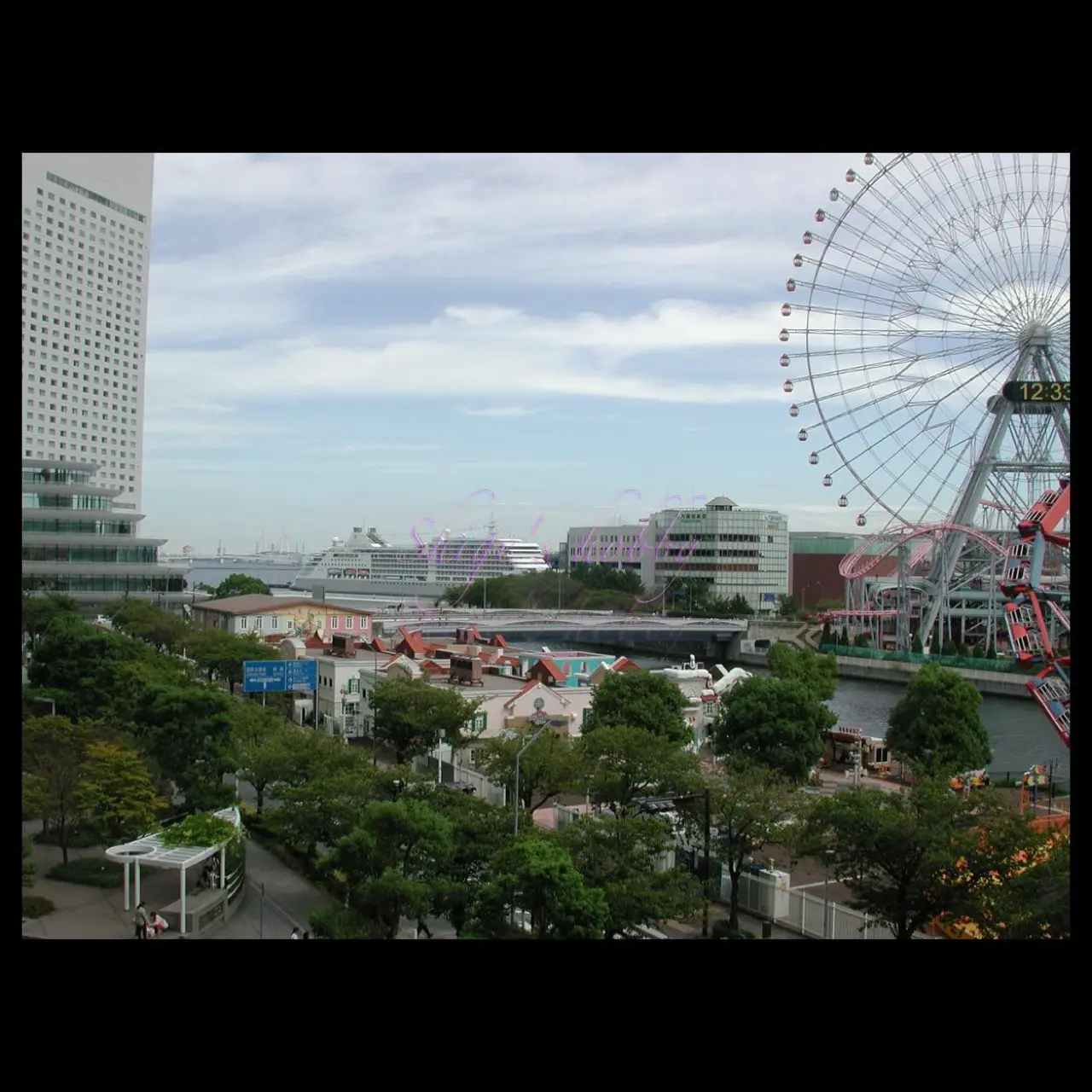
With TC-E2 teleconverter (230mm) vs. without (115mm)
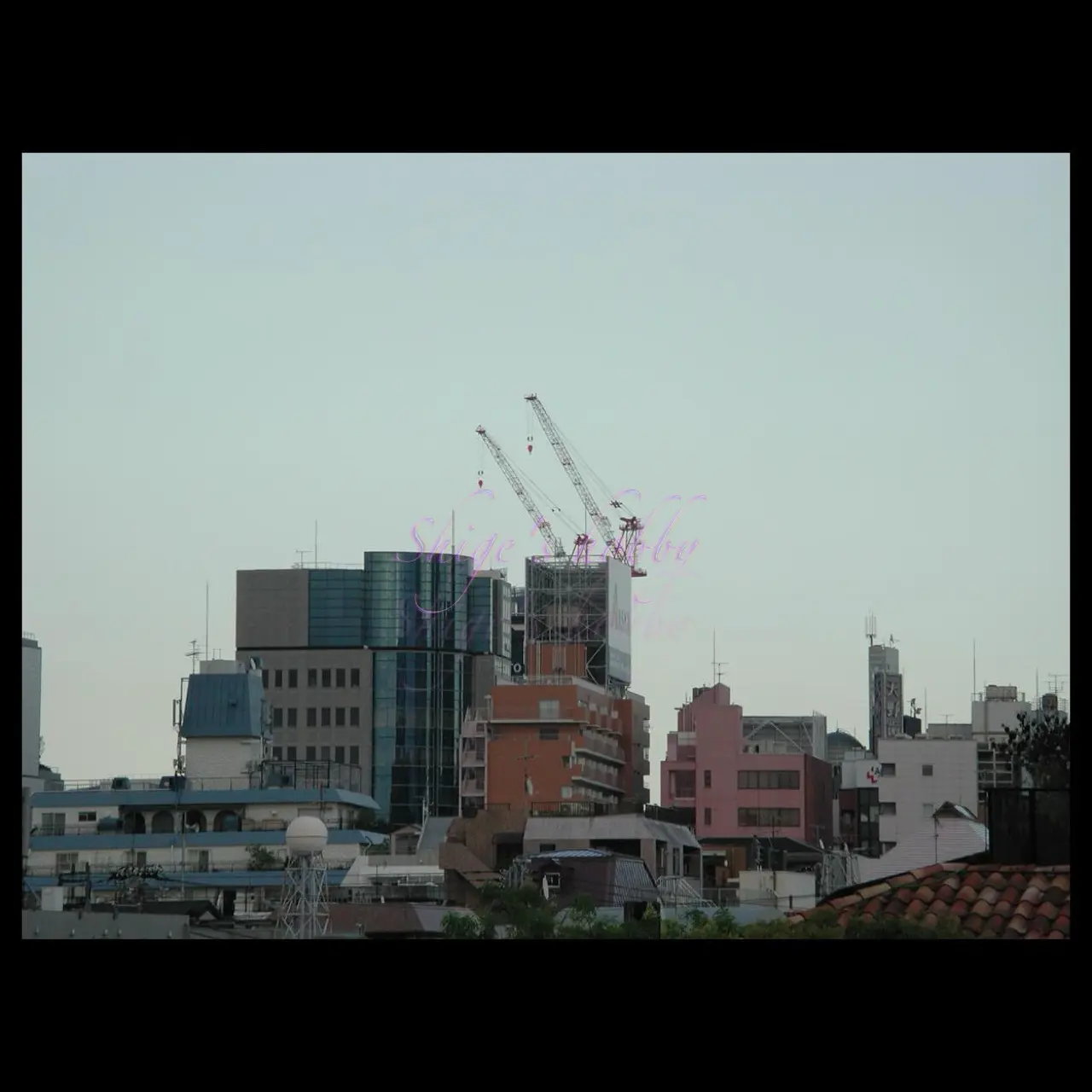
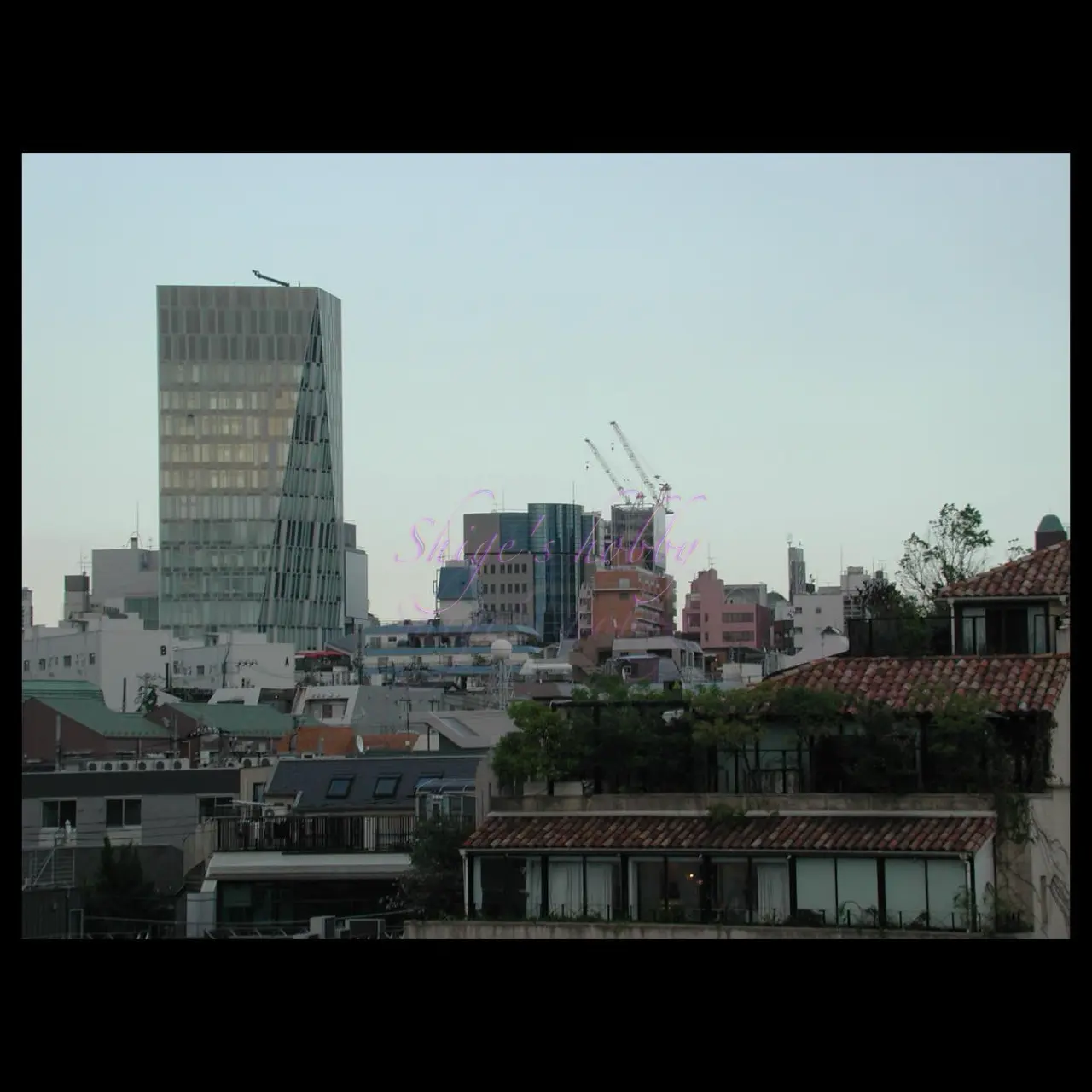
| Items | Fish-eye Converter: FC-E8 (0.2x) | Wide Converter: WC-E63 (0.63x) | Teleconverter: TC-2E (2x) | Teleconverter: TC-E3ED (3x) | Teleconverter: TC-E3PF (3x) |
| Lens Construction | 5 elements in 4 groups | 4 elements in 4 groups | 4 elements in 3 groups | 6 elements in 3 groups | 6 elements in 3 groups |
| converter magnification | 0.2倍 | 0.63倍 | 2倍 | 3倍 | 3倍 |
| composite aperture value | No change. | ← | ← | ← | ← |
| Size | ? | 75*29.5 | 64*44 | 75*78.6 | 61*64.3 |
| Mounting Diameter | 28mm | ← | ← | ← | ← |
| Filter Size | – | 72mm | 62mm | 72mm | 58mm |
| Weight | ? | 150g | 240g | 260g | 175g |
| Supported models | COOLPIX P5100 COOLPIX P5000 COOLPIX 8400 COOLPIX 5000 COOLPIX 4500 COOLPIX 4300 COOLPIX 995 COOLPIX 990 COOLPIX 950 COOLPIX 885 COOLPIX 880 | ← | ← | ← | COOLPIX 8400 (with adapter ring UR-E15) COOLPIX 5000 (COOLPIX 5000 (with UR-E6 adapter ring) COOLPIX 4500/4300 (COOLPIX 4500 /4300 (with UR-E4) COOLPIX 900 Series |
| Price(Yen/No-tax) | 45,000- | 14,000- | 14,000- | 29,000- | 80,000- |
| Note | – | Image quality is better without telecon after 35mm focal length | Vignetting occurs on the wide side. | ← | ← |
Options
- Fish-eye Converter: FC-E8 (0.2x)
- Wide Converter: WC-E63 (0.63x)
- Wide Converter: WC-E75 (0.75x)
- Teleconverter: TC-2E (2x)
- Teleconverter: TC-E3ED (3x)
- Teleconverter: TC-E3PF (3x)
- PC Connection Kit
Reference links
- Nikkor One Thousand and One Nights – Night 24: Converter Lens for COOLPIX 4300
- Slightly View Low Magnification Binoculars
Affiliate links

Update history
- 2025.8.18
- 2024.07.19
- 2023.10.4:First draft

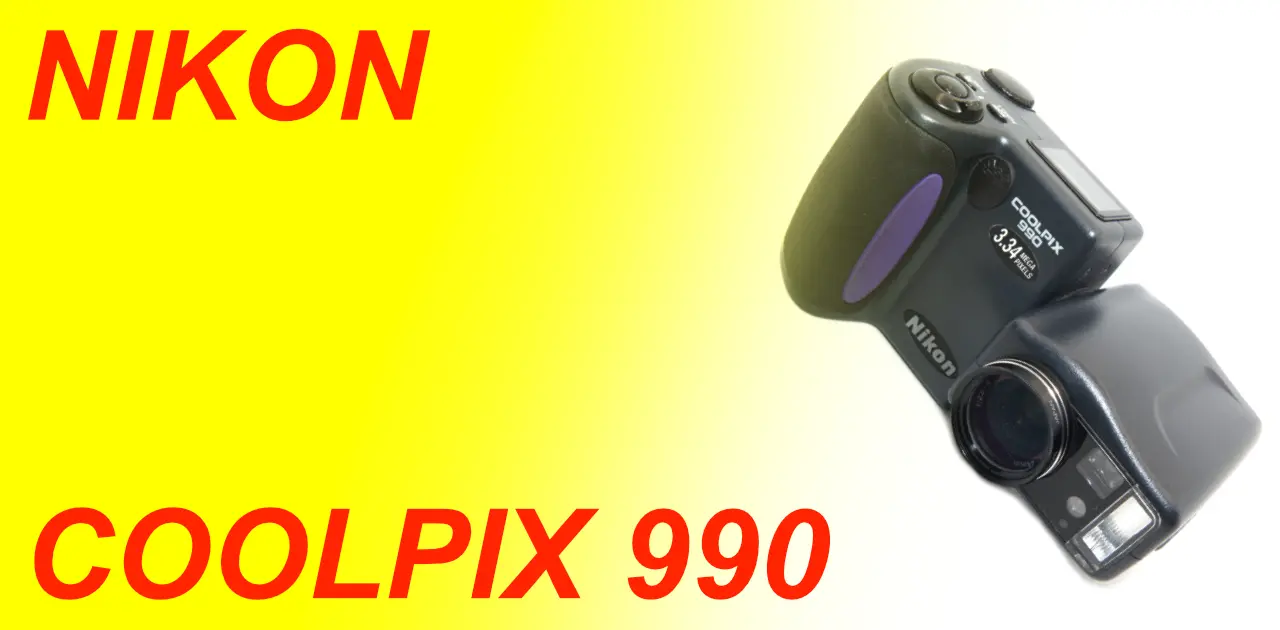

Be First to Comment